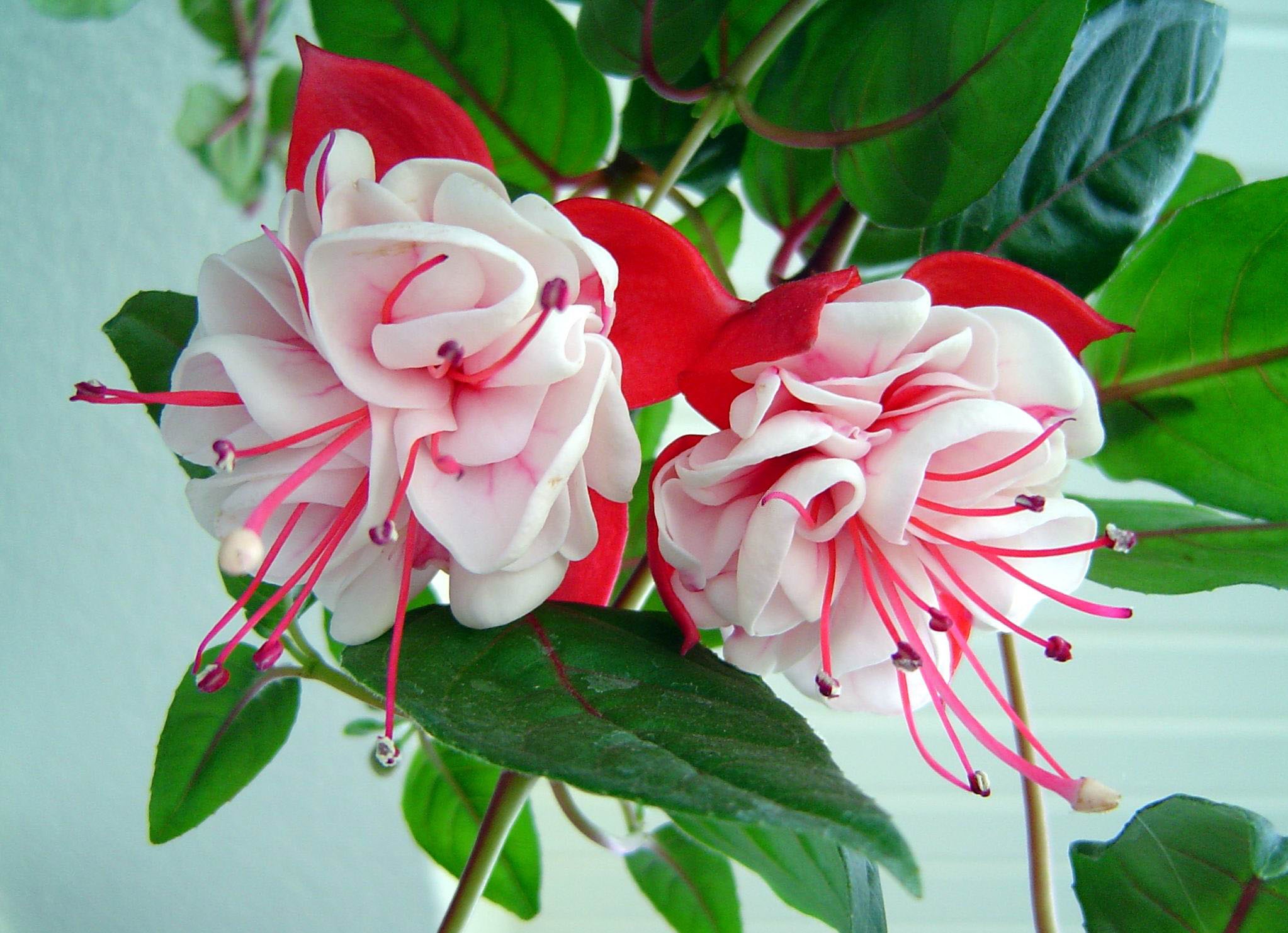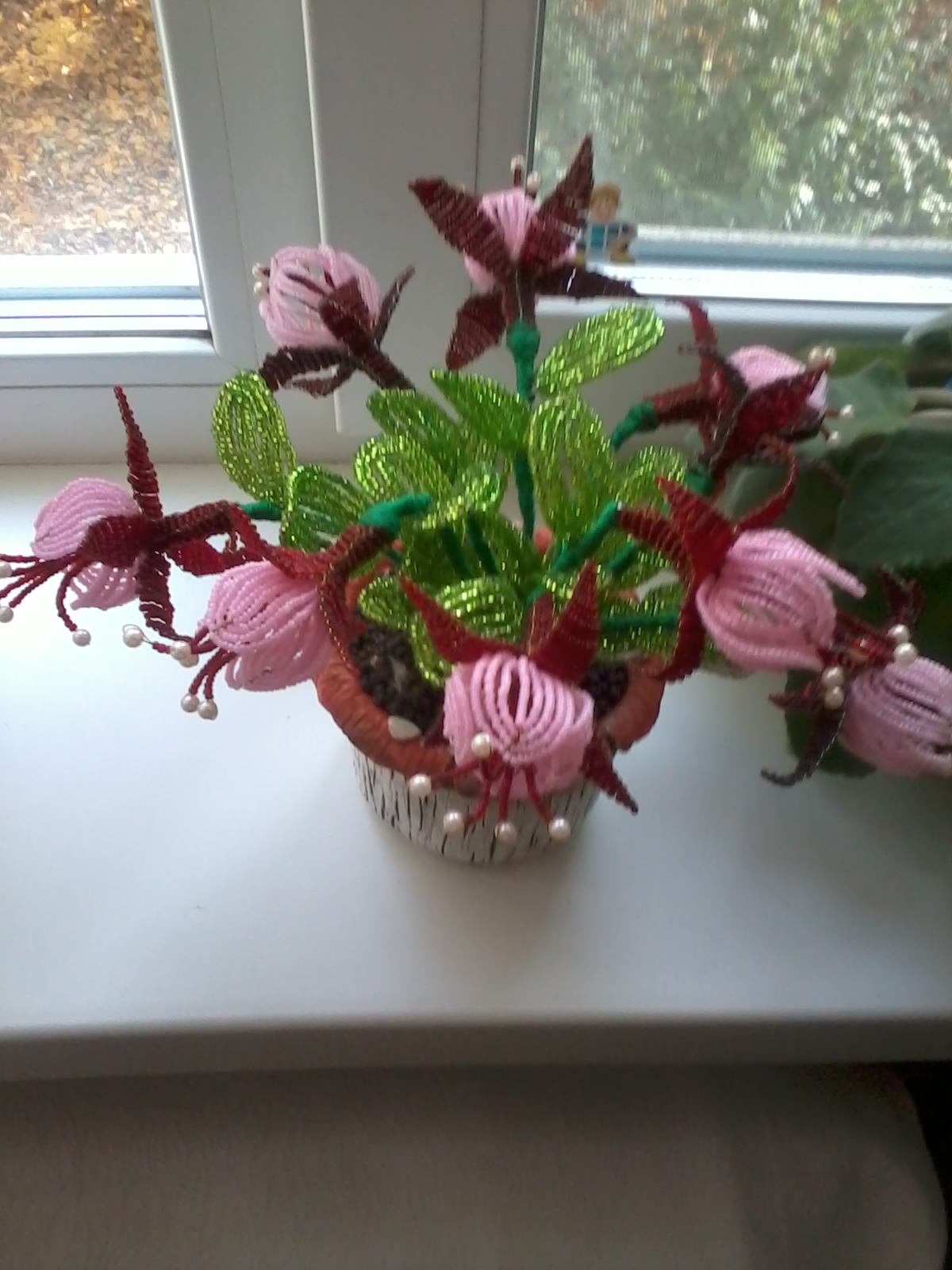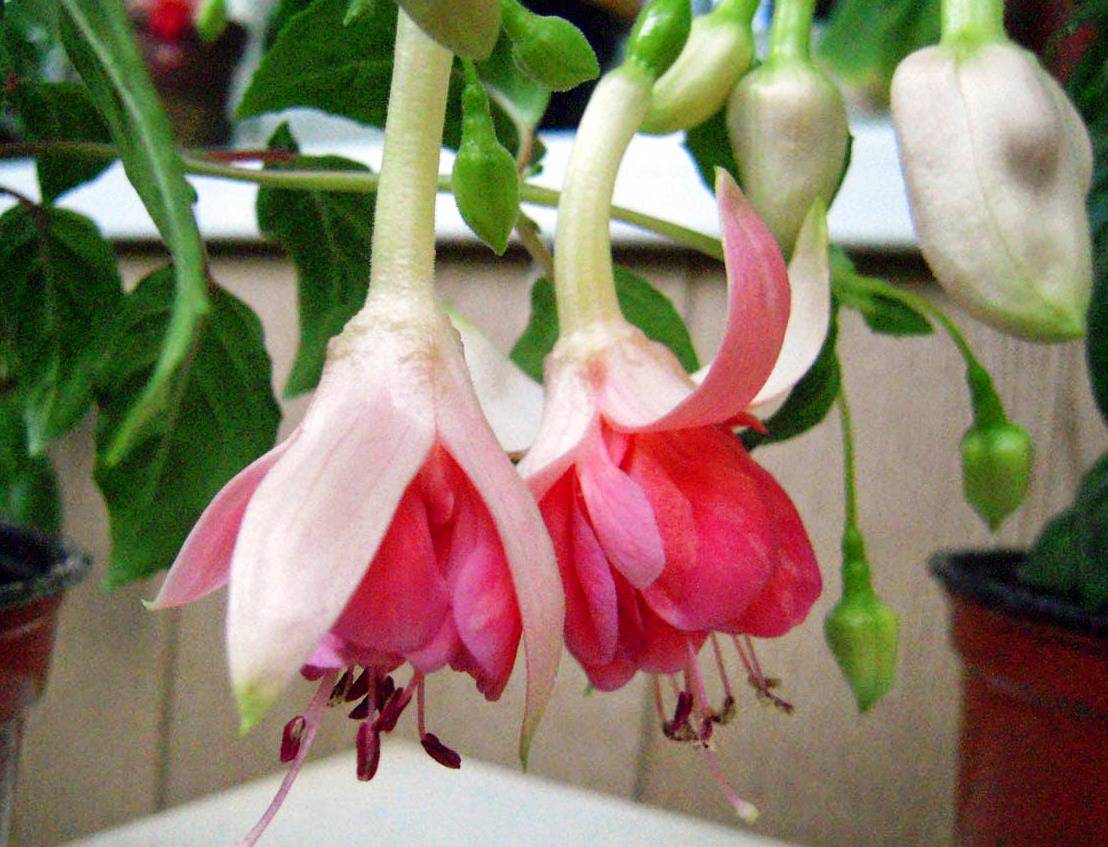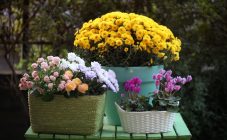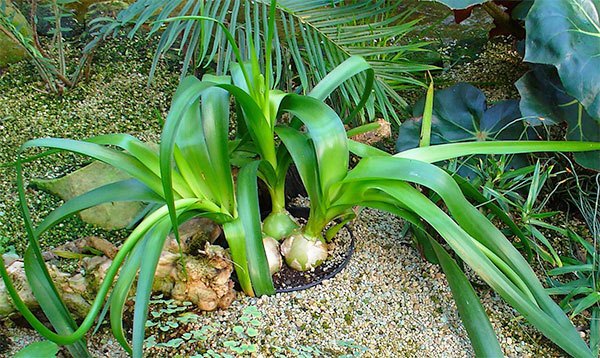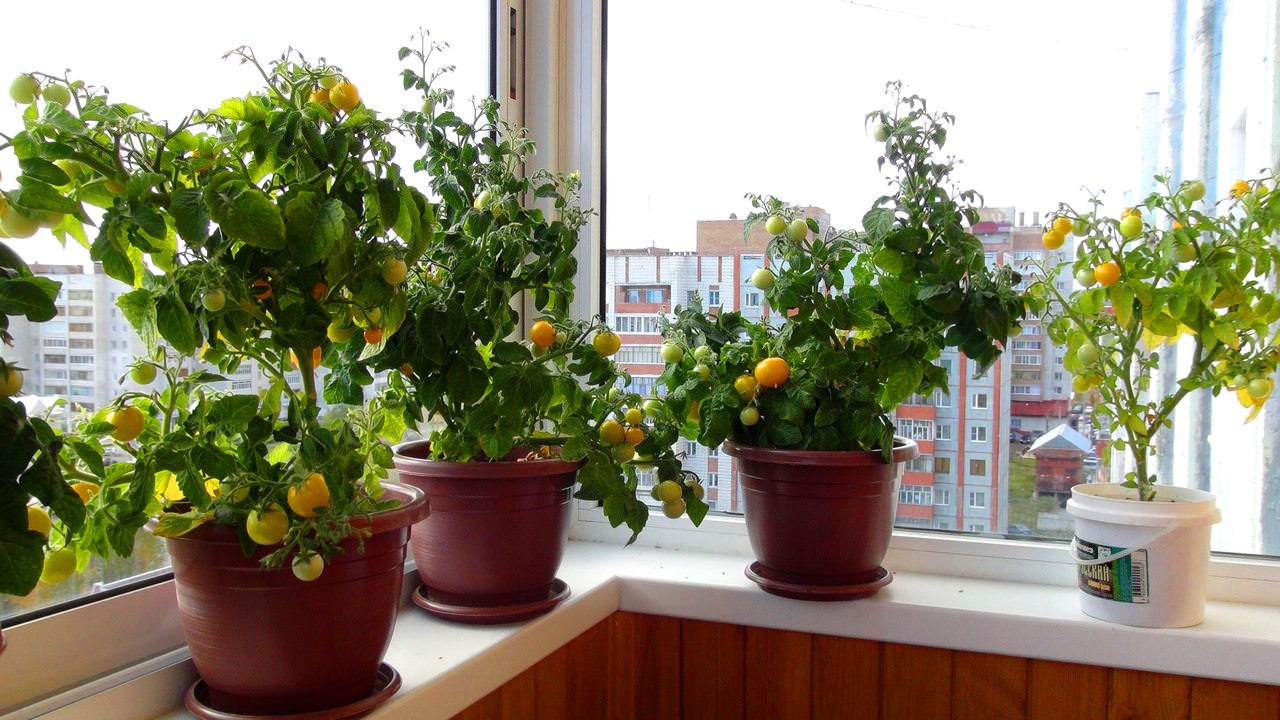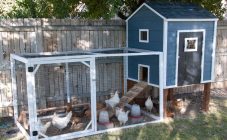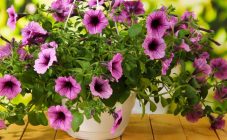Content:
Fuchsia is one of the most beautiful house flowers. It is not surprising that many people decide to grow this particular plant, because it surprises with its beauty and also requires a minimum of effort to achieve the desired results. If you like fuchsia, the cultivation and care at home should be organized correctly.
How to grow fuchsias?
Fuchsia unites a genus of evergreen shrubs that belongs to the Cyprian family. In the wild, it grows in the central and southern parts of America. There are over 100 species of this plant. Its bright flowers of various shades of pink, red and purple look very decorative. In shape, the inflorescences resemble tubules, they are simple and double. Also, the plant bears fruit with edible fruits. These features have made fuchsia very popular among flower growers. Scientists have bred more than 2,000 hybrids of this shrub, which are grown indoors.
It is important to provide all the necessary conditions for the growth and development of fuchsia immediately after buying a flower. Any fuchsia requires bright diffused light. The flower is preferably located on the west or east side. The heat of the day can be detrimental to the plant, but the morning or evening sun is sure to be beneficial. During the flowering period, it is forbidden to rearrange or turn the plant, as the flowers will fall off.
In hot weather, the flower feels good only on the loggia or balcony, where it will be protected from direct exposure to the sun. If there is no possibility of planting in open ground, it is recommended to use a large ceramic pot for growing fuchsia. This container is protected from heat, making it ideal for growing a plant.
Reproduction methods and features
Many beginners are interested in how to grow fuchsia properly. Usually the flower is propagated by seed or vegetatively. In most cases, vegetative propagation is used, since this makes it possible to significantly simplify care, besides, young seedlings grow faster, bloom earlier.
You can cut off cuttings, which will be stem or apical, at any convenient time, starting in spring. In this case, you can cut them throughout the summer months. The most important thing is that healthy buds appear on the shoots and semi-lignified stems get into the ground. Green cuttings are not suitable for plant cultivation.
Sometimes the cuttings are rooted in autumn or winter. In this case, it is important to provide additional illumination of the plant and maintain a temperature and humidity level that are optimal for the summer period.
Cuttings are always cut with a sharp, clean knife. Then the leaves are removed from the existing shoots and only the upper pair of leaves are left.
At the next stage, rooting of the plant is mandatory. You can use as a substrate:
- peat tablets;
- a mixture of peat and sand;
- wet perlite.
Prepared containers need to be filled with a substrate and cuttings placed in it. Then take proper care of your home plant. After 1-2 weeks, the roots will be visible on the cuttings. They are allowed to be transplanted into separate small pots.Sometimes planting is carried out in a large container, for example, ampelous fuchsia needs a large pot.
In some cases, it is not possible to use a cut fuchsia shoot in the form of a cutting. In such a situation, fuchsia leaves are suitable for growing. Large healthy leaves are cut off with petioles, after which they are buried a centimeter into wet perlite. It is recommended to create greenhouse conditions and spray the plant daily so that miniature rosettes appear near the base of the petiole. After they become strong enough, they can be separated from the leaves and planted in separate pots.
Care for a young seedling will be the same as for an adult plant. It is important to correctly reproduce the flower.
Features of planting fuchsia seeds
It is important to understand that fuchsia is propagated using seeds if necessary. However, the plant will not inherit the parental traits, so the growing option is only suitable for those interested in breeding experiments. When planning to transplant a plant in this way, you need to try to avoid self-pollination of the plant and prevent pollination by insects. To do this, be sure to remove the anthers before the flower blooms. On the stigma of the pistil, it is advisable to apply the pollen of the parent plant, after which a special cover is put on to protect against insects. The cover is made of paper or fabric and fixed below the flower with threads. The ripe fruit can be carefully cut to remove the seeds. The seed must be left to dry for several days.
The container is placed indoors in a greenhouse-like environment. Seedlings should appear in a couple of weeks. After 1.5-2 months, the seedlings are picked. After another couple of months, the young plant is transplanted into separate pots. Seedlings must be accustomed to environmental conditions gradually, because an unadapted plant will die under normal conditions.
Fuchsia: plant care
A plant can maintain its natural seasonality of development (active vegetation, flowering, winter rest) only when properly grown. Therefore, it is important to know how to care for fuchsia.
Temperature and lighting
In summer, the plant will feel good in a moderately heated room or in the garden, sometimes outdoors, in the open field. The optimum temperature is 16-24 degrees. If the temperature is lower, development will surely slow down and new buds will form less often, since a cold snap indicates the beginning of a dormant period. Temperatures above 25 degrees also negatively affect the flower, since the plant can throw off the buds, the leaves can become small and pale, and the risk of pests and diseases can increase.
On hot days, when it is impossible to protect the plant from high air temperatures, you need to take care of the following correct actions:
- guaranteed protection from bright sunlight;
- regular irrigation with soft, settled water;
- increase in air humidity.
Lack of light leads to the following adverse changes:
- shoots become elongated;
- foliage partially or completely falls off;
- the stem becomes bare.
Watering
From early spring to autumn, regular abundant watering should be provided. It is gradually reduced towards winter, before the onset of a dormant period. It must be remembered that proper watering is especially important for flowering plants. If the fuchsia is resting and the mass flowering is over, the soil should be moistened about once a week.In winter, the plant should be watered no more than 2 times a month.
Fertilizers
Usually, it is almost impossible to do without feeding. In winter, top dressing is not required, but during the growing season they contribute to the formation of a large number of buds, rapid recovery after flowering. Fertilizers become important from the second half of March. In most cases, complex mixtures for flower crops are used.
The post-transplant period is always important. It is recommended to give up any fertilizers, regardless of their composition, for about a month. This rule also applies to young seedlings that need to be rooted.
For the active formation of green mass, it is desirable to use fertilizers with a high nitrogen content. For proper flowering, complex fertilizers with potassium and phosphorus are used. When growing fuchsia in the garden, it is advisable to regularly use organic matter (manure, green fertilizers, compost).
Possible growing difficulties
Home fuchsia has resistance to diseases and pests, but, unfortunately, not to everyone. Healthy leaves should be bright green. Yellowing indicates chlorosis, which develops due to excessive watering of the plant or a lack of nitrogen and magnesium. With yellowness between the veins of the leaf, you can suspect a lack of manganese, dry brown spots - molybdenum.
The roots should be white and short. Interlacing with roots of a lump of earth is undesirable. If this happens, an early transplant will be required. Lack of space can negatively affect flower development. Because of this, root rot may appear, it manifests itself as a change in the color of the roots - they acquire a brown tint.
Only a white fly can be a dangerous pest in an apartment, and it is very difficult to see it due to its size no more than 2 mm. However, it is important to see this parasite in a timely manner in order to further use special preparations, including actellic, hangara.
Wintering a plant: how to prepare a flower for the cold season
Winter is a special time for the plant, as it needs temporary rest. The growth and development of the plant in the future depends on this. During the rest period, you must follow the following rules for caring for the plant:
- decrease in watering;
- termination of fertilization;
- moving a flowerpot with a flower to a room where the temperature will be up to 10-15 degrees;
- extermination of parasites;
- pruning the plant.
Even a novice florist can grow fuchsia at home. The requirements for growing this exotic plant are quite simple, the main thing is to feed, water and provide the flower with the necessary conditions during the dormant period.
